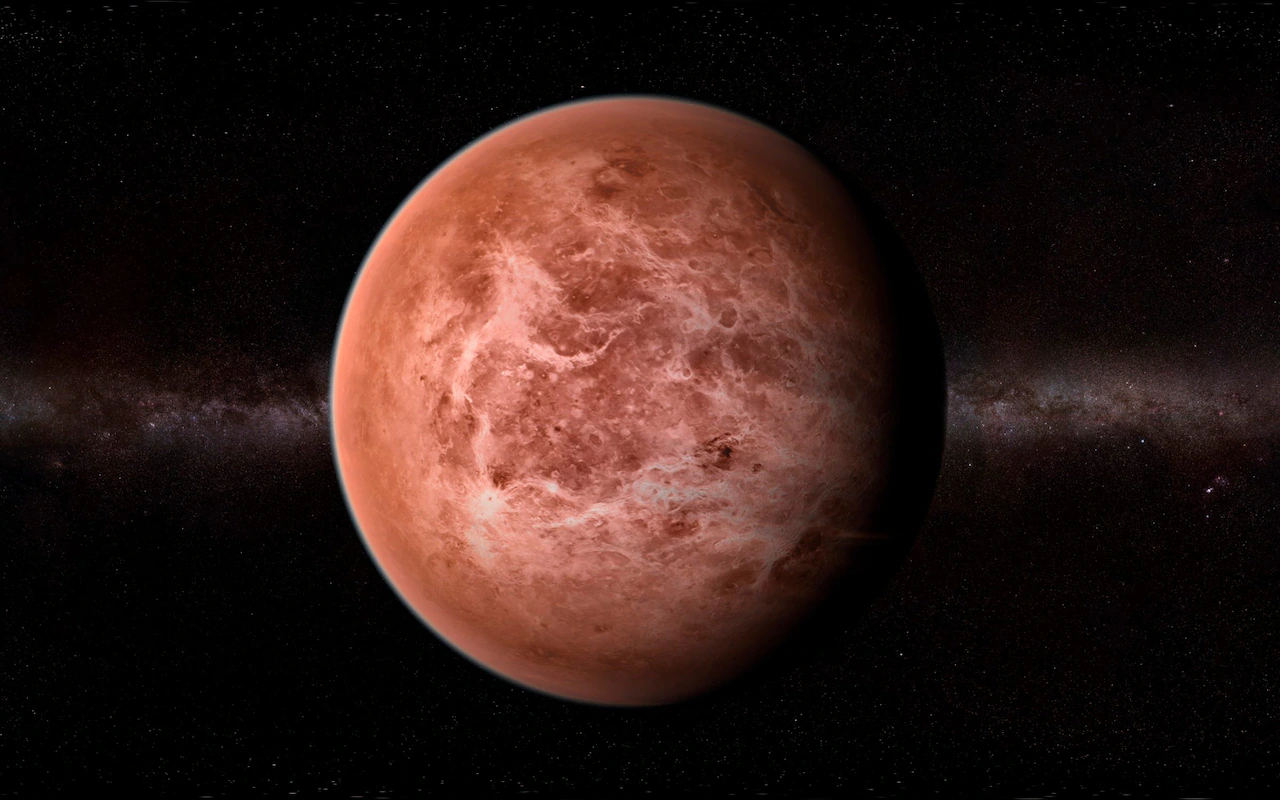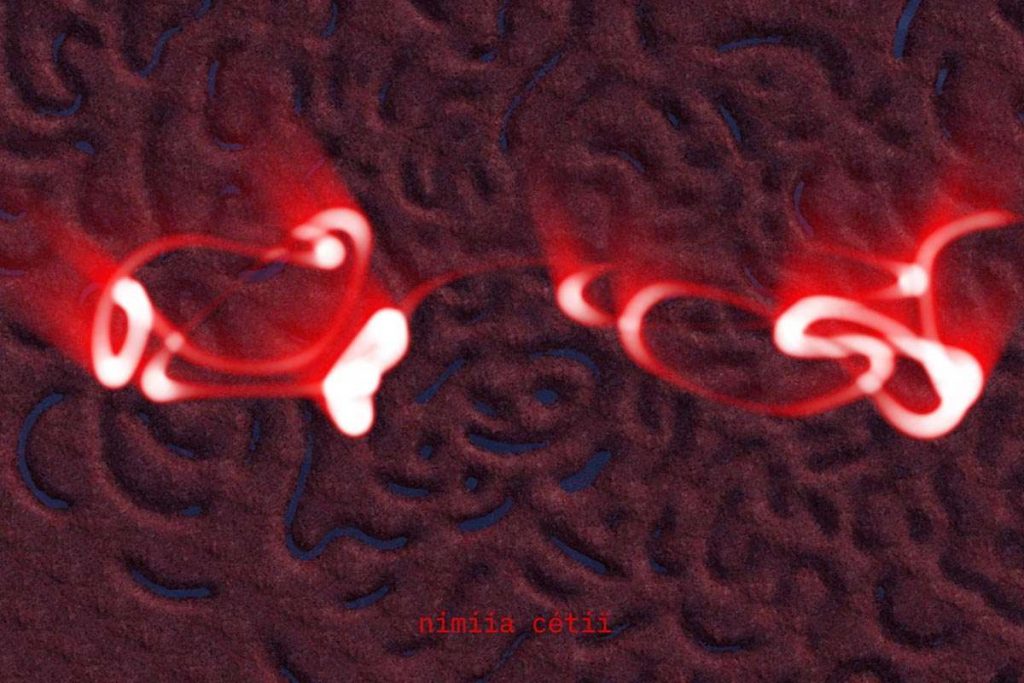Reading Our Accidental Universe by Chris Lintott for the Telegraph, 8 March 2024
Phosphine — a molecule formed by one phosphorous atom and three atoms of hydrogen — is produced in bulk only (and for reasons that are obscure) in the stomachs of penguins. And yet something is producing phosphine high in the clouds of Venus — and at just the height that conditions are most like those on the surface of the Earth. Unable to land (unless they wanted to be squished and fried under Venus’s considerable atmosphere), and armoured against a ferociously acidic atmosphere, the penguins of Venus haunt the dreams of every stargazer with an ounce of poetry in their soul.
Chris Lintott is definitely one of these. An astrophysicist at Oxford University and presenter of BBC’s The Sky at Night, Lintott also co-founded Galaxy Zoo, an online crowdsourcing project where we can volunteer our time, classifying previously unseen galaxies. The world might be bigger than we can comprehend and wilder than we can understand, but Lintott reckons our species’ efforts at understanding are not so shoddy, and can and should be wildly shared.
Our Accidental Universe is his bid to seize the baton carried by great popularisers like Carl Sagan and Patrick Moore: it’s an anecdotal tour of the universe, glimpsed through eccentric observations, tantalising mysteries, and discoveries stumbled upon by happenstance.
Lintott considers the possibilities for life outside the Earth, contemplates rocks visiting from outside the solar system, peers at the night sky with eyes tuned to radio and microwaves, and shakes a fist at the primordial particle fog that will forever obscure his view of the universe’s first 380,000 years.
Imagine if we lived in some globular star cluster: that spectacular night sky of ours would offer no visible hint of the universe beyond. We might very well imagine our neighbouring stars, so near and so bright, were the sum total of creation — and would get one hell of a shock once we got around to radio astronomy.
Even easier to imagine — given the sheer amount of liquid water that’s been detected already just within our own solar system brought above freezing by tidal effects on moons orbiting gas giant planets — we might have evolved in some lightless ocean, protected from space by a kilometres-thick icecap. What would we know of the universe then? Whatever goes on in the waters of moons like icy Enceladus, it’s unlikely to involve much astronomy.
As luck would have it, though, growing up on land, on Earth, has given us a relatively unobscured view of the entire universe. Once in 1995, so as to demonstrate a fix to its wonky optics, the operators of the Hubble Space Telescope pointed their pride and joy at (apparently) nothing, and got back a picture chock-full of infant galaxies.
Science is a push-me pull-you affair in which observation inspires theory, and theory directs further observation. Right now, the night sky is turning out to be much more various than we expected. The generalised “laws” we evolved in the last century to explain planet formation and the evolution of galaxies aren’t majorly wrong; but they are being superseded by the carnival of weird, wonderful, exceptional, and even, yes, accidental discoveries we’re making, using equipment unimaginable to an earlier generation. Several techniques are discussed here, but the upcoming Square Kilometre Array (SKA) takes some beating. Sprouting across southern Africa and western Australia, this distributed radio telescope, its components strung together by supercomputers, will, says Lintott, “be sensitive to airport radar working on any planet within a few hundred light-years”.
Observing the night sky with such tools, Lintott says, will be “less like an exercise in cerebral theoretical physics and more like reading history.”
Charming fantasies of space penguins aside (and “never say never” is my motto), there’s terror and awe to be had in Lintott’s little book. We scan the night sky and can’t help but wonder if there is more life out there — and yet we have barely begun to understand what life actually is. Lintott’s descriptions of conditions on the Jovian moon Titan — where tennis ball-sized drops of methane fall from orange clouds — suggest a chemistry so complex that reactions may be able to reproduce and evolve. “Is this chemical complexity ‘life’? he asks. “I don’t know.”
Neither do I. And if they ever send me on some First Contact mission amid the stars, I’m taking a bucket of fish.


